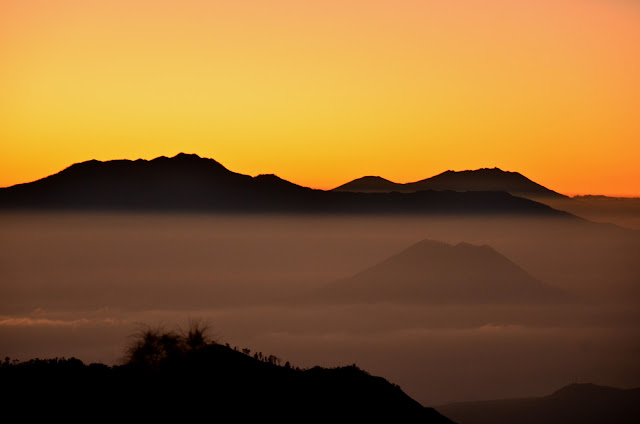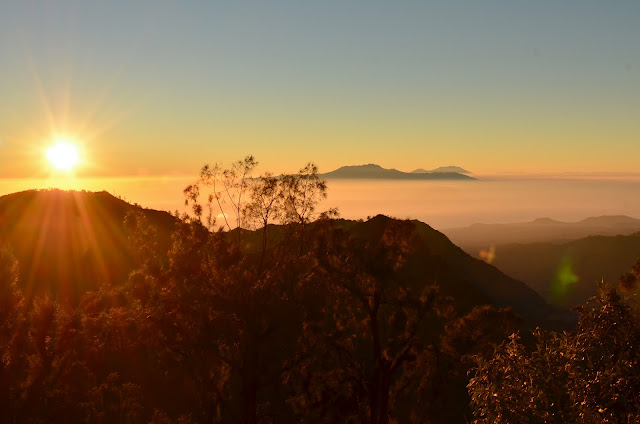Monday, September 3, 2012
My Second Roll of Film
This photos are shot in my boarding house garden.
Tyy :)
Wednesday, August 29, 2012
If you have a $2000 budget
For a change today, I would like to write a bit more.
If you have a $2000 camera budget, how should you spend it?
Firstly, ask yourself some questions:
1) Do I want sheer image quality?
2) Portability?
To address those of you who absolutely adore quality:
Forget the consumer DSLRs, forget 35mm film cameras (even Leica), forget medium format digital (those are way way out of your budget)
Then what should you look at?
Image Quality-Medium Format Film
Medium format offers high lens quality, picture quality, ease of use and most importantly, is really not too expensive to buy. I bought my Mamiya 645J for about $400. It even came with a 80mm f2.8 lens.
If you have a $2000 camera budget, how should you spend it?
Firstly, ask yourself some questions:
1) Do I want sheer image quality?
2) Portability?
To address those of you who absolutely adore quality:
Forget the consumer DSLRs, forget 35mm film cameras (even Leica), forget medium format digital (those are way way out of your budget)
Then what should you look at?
Image Quality-Medium Format Film
Medium format offers high lens quality, picture quality, ease of use and most importantly, is really not too expensive to buy. I bought my Mamiya 645J for about $400. It even came with a 80mm f2.8 lens.
The film and developing can be a little expensive, but consider the amount you already save on buying the camera!
And if you want to digitize it, get a negatives scanner for about $100.
Mamiya is not the only medium format brand out there, you can go on and look for Hasselblad, Bronica, Fujifilm and probably a few others.
Let me just talk a little bit more about this camera. The Mamiya 645 means that it uses a 6cm by 4.5cm film. A modern day top of the range DSLR such as the Nikon D4 only offer a sensor size of 36mm by 23.9mm.
Let's look at a visual comparison:
The medium format Kodak sensor is significantly bigger than the $10000 cameras. And that is not even the 6cm by 4.5cm film you will be using on the Mamiya 645!
With the Mamiya, your film will be equivalent to approximately 50 megapixels. And you only paid $400 for it!
For those of you who can remember, I posted some of my shots from the Mamiya last year. I didn't even scan them at the highest setting! It was only an overview scan.
Okay, back to building your system. So for a medium format film system, your camera will cost you $400. You still have 1600 bucks to spare. My suggestion is that if this is THE SYSTEM you will be using, invest in some lenses. Assuming the $400 you spent came with the standard 80mm lens, you probably only need 2 more lenses, the 45mm f2.8 and a 150mm. These two lenses combined, should not cost you more than $800.
There you go! $1200 on camera and lenses, and a $100 on a scanner.
But! Since this camera is completely manual, its either you use a light meter, or you take a shot on one of your digital cameras and then set the settings on your camera. The best would of course to bring around a compact camera with an f2.8 lens. If you do not happen to have one, I would like to suggest an iPhone app called Pocket Light Meter. I used this app for the shot above. Its pretty accurate and its completely free!
Portability-35mm Film and Fuji X-Pro 1
Next, for those of you who love portability.
35mm film cameras have been the standard format of photojournalism back in the days. This is simply because they are extremely portable. Journalists, sprinting from one corner to another, trying their best to capture the moment cannot afford to be bogged down with the weight of medium format cameras. Among the numerous companies making 35mm cameras, one of them managed to roll superb image quality and portability into one compact package. This company was Leica.
Even till today, they make one of the smallest and lightest full-frame digital cameras. The lenses that they made were also tiny, but far sharper than lenses made by others. Its the perfect system for any journalist.
However, here comes the question: A Leica system for under $2000?
It's not an easy feat, but let's try.
Camera:
Many recommend an M2, M3. Claiming them to be one of the best cameras Leica has ever made. However, I would encourage you to consider the M6. Simply because its newer and more advanced. Ya well, the M3 might be a revolutionary camera while the M6 is only an "evolutionary" camera. But at this point in time, the M6 is, in my opinion, a better camera. It has a wider finder range, its mechanics are newer, and for a price different of a couple of hundred bucks, really, go for the M6.
I've still yet to obtain mine, but I'm in the process of getting it. Online camera shops and Ebay revealed that for $1500, you can get an M6 in good condition.
Getting the camera is only the easy part, but a lens for $500?
Lens:
Leica lens are known to be priced astronomically because of its precise German engineering, hand polishing and countless technical tests. Just watch this video
And their lenses can cost up to $17000 for the 50mm Noctilux f0.95.
After an extensive search online, ploughing through pages and pages of ebay and used camera shops, there are only a few options.
Get a 1950s Leica 50mm Elmar f2.8 in a decent condition,
or a used Zeiss Jena Sonnar 50mm f/2
Another alternative would be to get adaptor mount from nikon/canon to leica M mount. But these would defeat the purpose of getting a Leica system.
However, the Leica film system is not the only one under this category. The other excellent camera would be the Fujifilm X-Pro 1. Although this camera goes beyond the $2000 budget as stated earlier, I still think it is worth a post.
When the mirror-less cameras first came onto the market, they were aimed at not-so-serious photographers, with flimsy plastic bodies and fancy colors. I never bothered to look into those cameras. However, earlier this year, Fujifilm introduced the X-Pro 1. It absolutely blew me away.
First of all, it just feels right. Not some flimsy plastic built, but a solid metal body. The dials and buttons are in all the right places. This applies especially for the exposure compensation dial. Exposure compensation is probably one of the most important setting, but on my D7000 or S5, i always have to press a button before twisting the dial. With the X-Pro 1, all it takes is rotating the dial.
Second, the lenses that accompany it are fantastic. You will be surprised at how a company like Fujifilm that doesn't seem to be in the spotlight often can make such amazing lenses.
Third, the sensor used in this camera is slightly different. To spare you guys of the technical information, it basically did away with a low pass filter, and then made some array adjustment. This can give rise to higher resolution. I know my explanation is really bad, so go to Fuji's web to understand more about it:
http://www.fujifilm.com.sg/products/consumer-products/digital_cameras/x/fujifilm_x_pro1/Features/page_01/
And btw, not many people know this, but Fuji made the Hasselblad XPan. This proves that Fujifilm upholds quality that the Swiss can trust.
Unfortunately, this camera is no longer in production.
But with quality like this, the price of the X-Pro 1 is pretty steep. It is almost impossible to get the system for under $2000.
For about $2800, you can get the Fujifilm X-Pro 1 and the 35mm f1.4 lens, complete with various accessories such as camera bag and SD card.
I know this is a really long post, but I hope those of you who read through this actually benefited from this. Btw, I didn't go through Nikon/Canon 35mm SLRs because it is really not too hard to get information on those, and they are cheap and easy to obtain. They are nonetheless awesome cameras as well!
Any questions, please send to : tanyongyao231195@msn.com
Cheers,
TYY :)
Monday, August 13, 2012
Mount Bromo and Ijen Crater
Waking up at 3 in the morning, rough jeep rides and trekking up a volcano to its crater would be pretty much the itinerary for my trip to Indonesia. Like always, a trip for me means many photos.
Sulfur miners carry between 70kg-100kg of sulfur each time for only US$0.06 per kilogram.
Subscribe to:
Posts (Atom)















































































